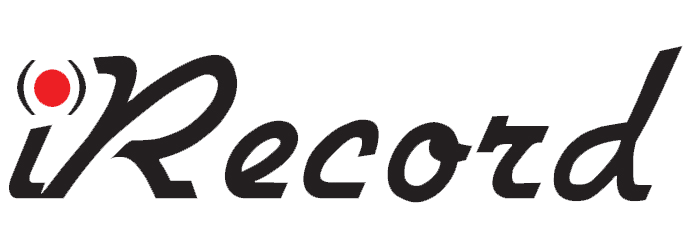You may not realize that when it comes to child abuse, the spectrum of professions that must be consulted is wide. Your social worker, your child psychologist, your forensic investigator, the person who reports the incident and many others are among the group. But have you considered the role that the medical professional may play in determining the outcome of a child abuse case? Learn what the role of the medical professional is both before and during court and the importance of reliable, high-quality recording equipment.
What does the medical professional do in a child abuse case?
- Medical professionals look for specific symptoms when it comes to child abuse. Here are a few examples of those:
- Black eyes
- Broken bones that are unusual and unexplained
- Bruise marks shaped like hands, fingers, or objects (such as a belt)
- Bruises in areas where normal childhood activities would not usually result in bruising
- Burn (scalding) marks, usually seen on the child’s hands, arms, or buttocks
- Circular marks around the wrists or
- Lash marks
- Unexplained unconsciousness in an infant
- Medical professionals conduct specific exams and tests. Here are some common injuries among the injured:
- Any fracture in an infant too young to walk or crawl
- Bleeding in the back of the eye, seen with shaken baby syndrome or a direct blow to the head
- Evidence of skull fracture
- Fractured ribs, especially in the back
- Internal damage, such as bleeding or rupture of an organ from blunt trauma
- Multiple bruises that occurred at different times — especially in unusual areas of the body or in patterns that suggest choking, twisting, or severe beating with objects or hands
Common tests that may be conducted include:
- Bone X-Ray: All of the child’s bones, including the skull, are x-rayed to look for unseen fractures or old, healing fractures.
- MRI or CT Scan of the head or abdomen are done if there is a skull fracture; bleeding in the eye; unexplained vomiting; severe bruising of the face, skull, or abdomen; unexplained nervous system (neurological) symptoms; headaches; or loss of consciousness.
- Medical professionals respond with treatment and coordinate with their team to ensure the following actions are taken.
- Physical injuries are treated as appropriate.
- Ensuring parents receive counseling or intervention that is appropriate to the case. Sometimes children are removed short term or permanently from the home in order to prevent continued risk of danger to the child. Legal action may also be taken and a medical professional may be required to testify.
- Any child over 2 will need counseling and play therapy in order to overcome and deal with the fear and pain that the abuse may have caused them.
- The court system through an appropriate government agency will make a decisions about placing the child with an outside caregiver or returning the child to the home.
What questions do you have when it comes to child abuse and how the medical community responds to these cases? If your healthcare facility does not currently have a state-of-the-art recording system to record interviews or to provide training resources for medical professionals as they learn the field, contact iRecord today!
We can ensure you are able to capture and playback high definition audio and video material.
